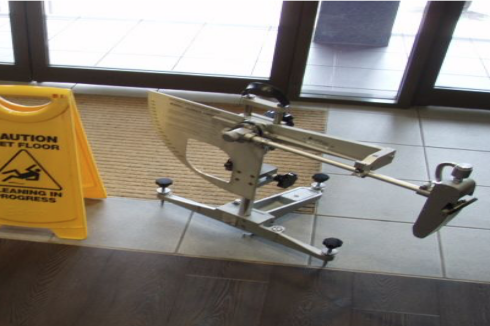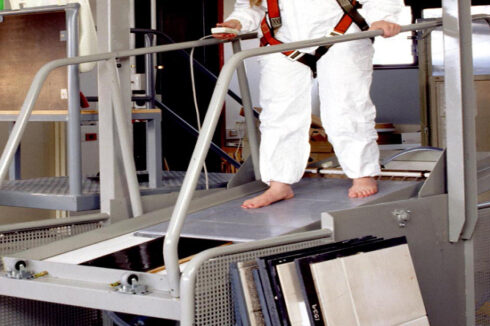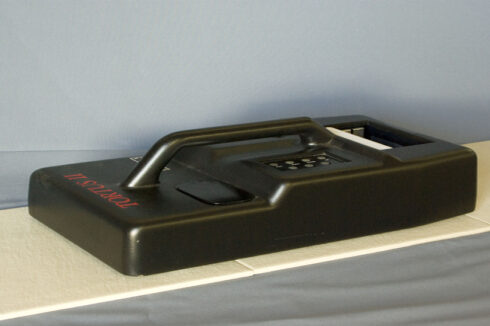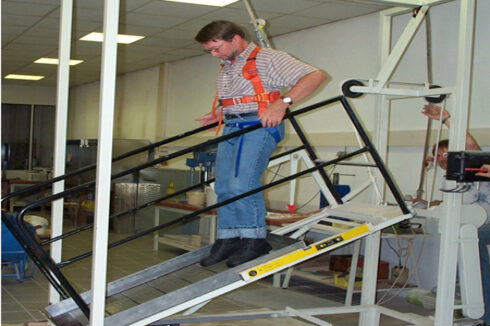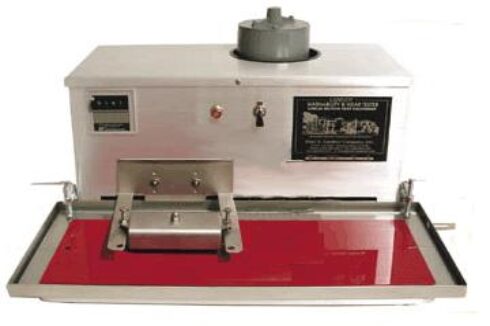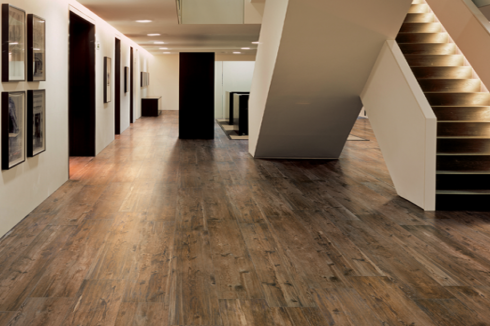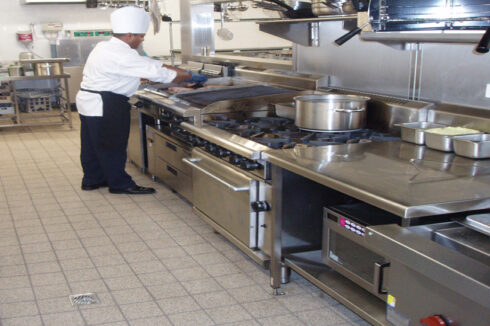Designing a floor with the right slip resistance is a complex task. There are multiple factors that make a contribution and no amount of slip resistance in isolation will make any floor impossible to slip on.
Designers have to contend with two separate Handbooks making recommendations, and 6 different methods of testing procedures. In addition a designer must make a subjective judgement as to what general recommendation best fits their application and it follows that they must also consider not only the test result that they feel most relevant, but also other test method results that others may claim are relevant.
...Read More


